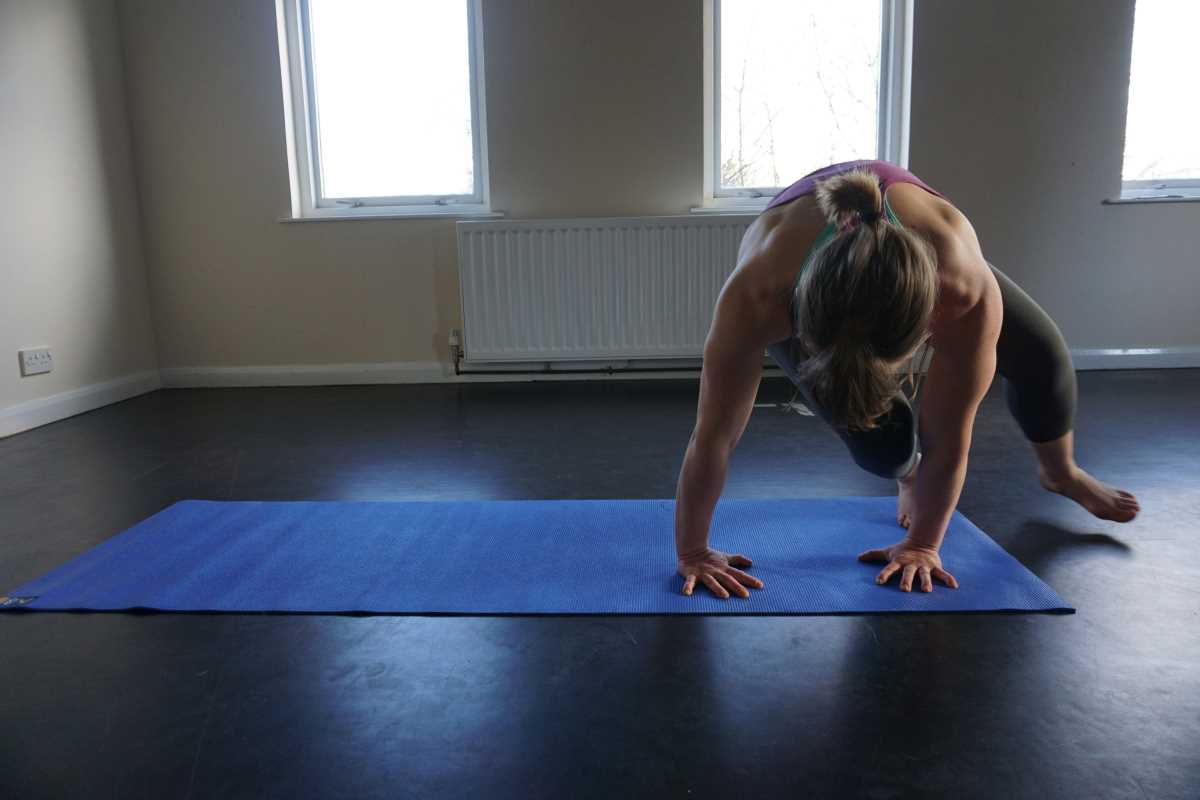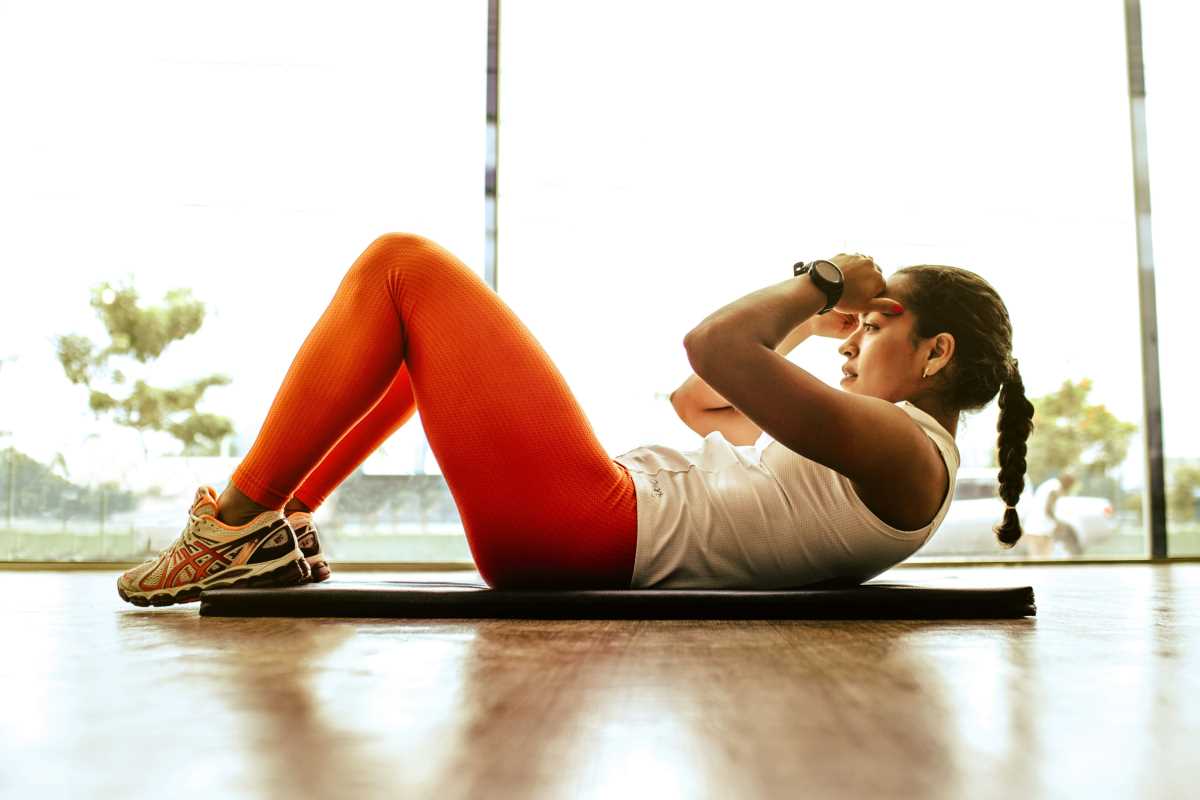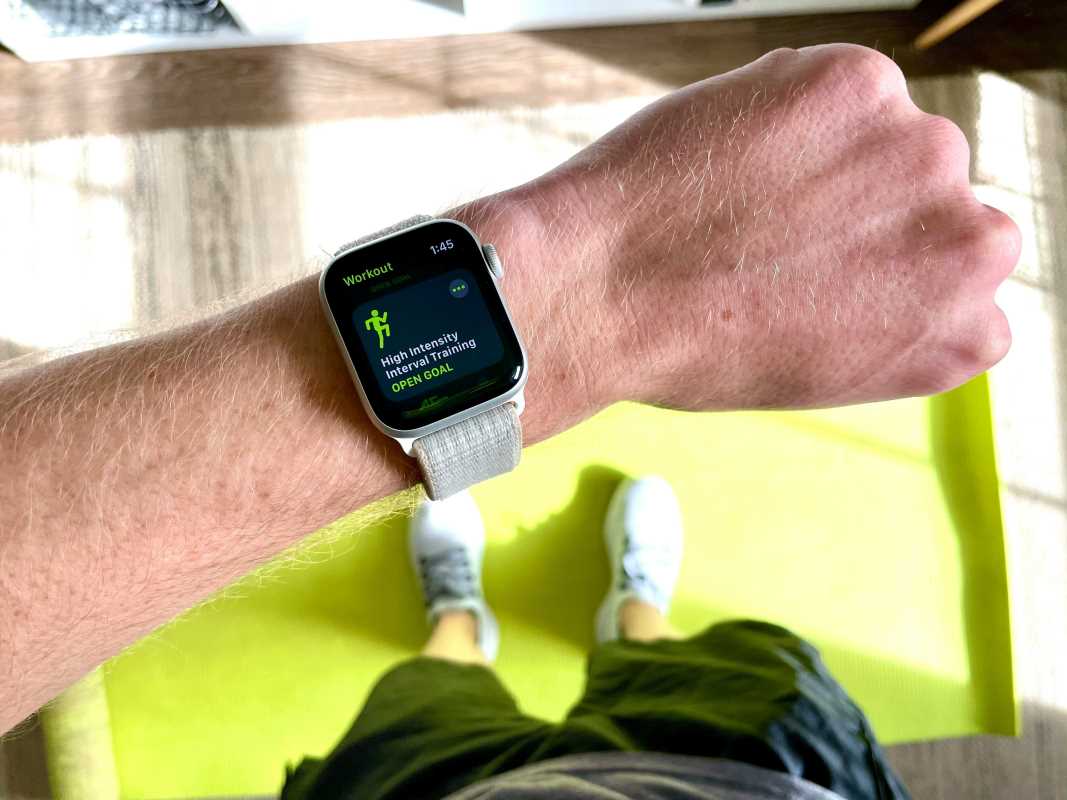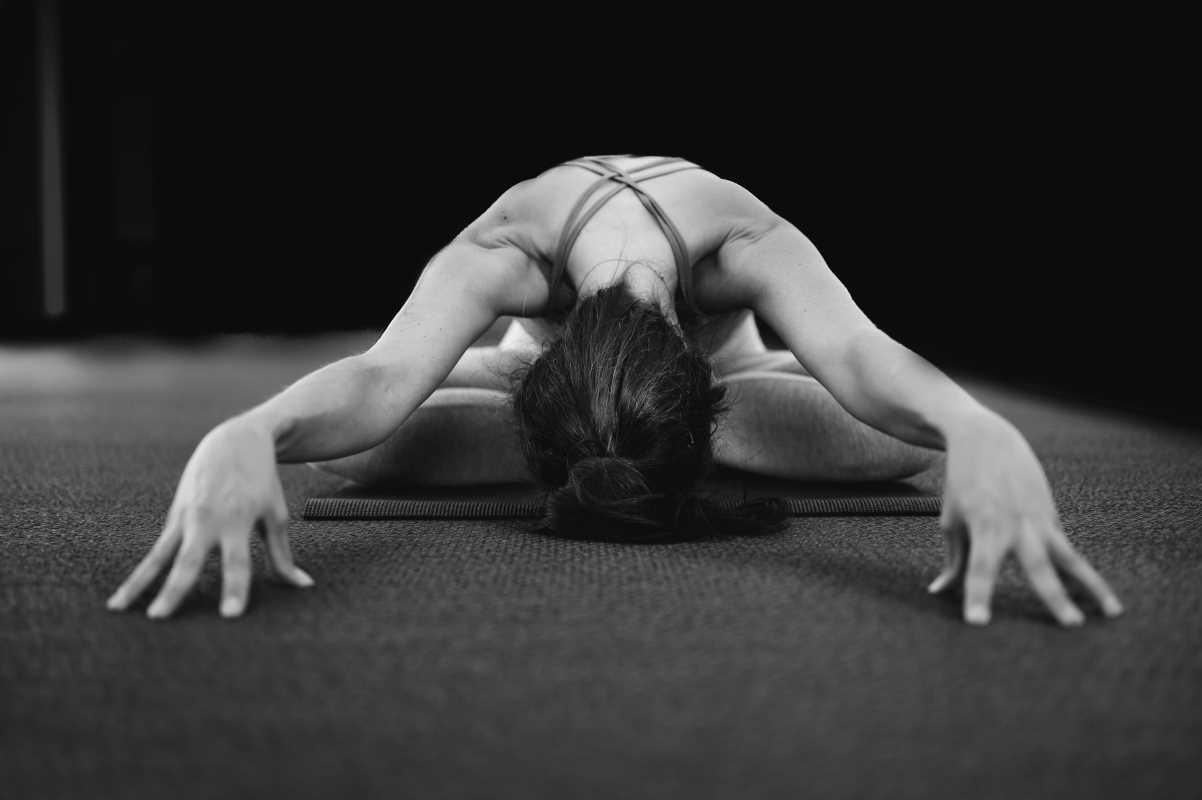Bodyweight training is one of the simplest, most accessible, and effective ways to get fit using exactly what you already have—your own body. Whether you’re aiming to build strength, improve flexibility, or just get moving more often, bodyweight exercises require zero fancy equipment. From push-ups to planks, these adaptable movements are a celebration of practical strength and fitness on your own terms.
What Makes Bodyweight Training a Top Choice
If you’ve been skeptical about ditching dumbbells and going au naturel with your workouts, you’re not alone. But bodyweight training has quickly climbed the fitness ranks for good reason. It’s simple, it’s convenient, and your results don’t lie.
One of the biggest perks is accessibility. You don’t need a gym membership, expensive equipment, or a dedicated workout room. Your workout space can be your living room, backyard, or even a pocket of space at the park. Bodyweight routines are designed to go where you go.
The versatility of this style of training is unmatched. Whether you want to focus on strength, endurance, or flexibility, you can tweak movements to suit your specific goals. Simply adjusting the number of reps, sets, or tempo can transform how you work out.
Adaptability doesn’t stop there. These exercises meet you where you’re at. Whether you’re a total fitness newbie or a seasoned pro, you can scale bodyweight movements to match your skill level. Wall push-ups, anyone?
There’s also something inherently functional about training this way. Bodyweight exercises mimic everyday movements, enhancing the kind of strength that makes carrying groceries or climbing stairs feel easier day to day.
Building muscle and burning calories doesn’t necessarily require lifting heavy weights. Bodyweight exercises, when done correctly, engage multiple muscle groups at once, turning simple moves into calorie-torching, strength-building efforts.
What’s equally rewarding is the full-body engagement. Core strength is a major player in bodyweight routines, even when you’re not doing core-specific moves like planks. Stabilizing your body through these exercises enhances balance, posture, and reduces injury risk.
Beyond physical wins, there’s a mental boost too. Tackling a growing list of bodyweight exercises (like nailing your first full pull-up) fosters confidence and builds grit. You’ll even walk away feeling proud of your progress.
Finally, bodyweight training connects fitness with fun. There’s freedom in breaking away from tight gym schedules and heavy setups. From park bench tricep dips to push-ups under fairy lights on the patio, the world becomes your playground.
Beginner-Friendly Bodyweight Exercises to Know
If the word "exercise" makes you think of endless burpees and marathon sprints, don’t worry. Bodyweight training starts simple. The following beginner-friendly exercises are cornerstones of bodyweight fitness and can get even the most skeptical movers started.
- Push-ups: A true classic. Push-ups strengthen your chest, shoulders, triceps, and even your core. Modify by placing your hands on a sturdy surface like a countertop or wall if floor push-ups feel too challenging.
- Squats: These are pure lower-body magic. Whether bodyweight or air squats, the movement builds your glutes, quads, and hamstrings, while also working your core.
- Planks: Core engagement at its finest. Forearm planks hold your body in a straight line while strengthening your abs, back, and shoulders.
- Glute bridges: Lying on your back with knees bent, lift your hips toward the ceiling. This one is perfect for waking up those glutes and hamstrings.
- Mountain climbers: Consider these dynamic planks. Drive your knees toward your chest while keeping your hands planted. They build cardio endurance while targeting your abs.
- Lunges: Moving forward, backward, or even sideways, lunges help strengthen your legs while improving balance and stability.
- Wall sits: Lean against a wall, slide down into a seated position, and hold it (cue the burn). A serious workout for your quads and core.
- Superman stretch: Lie face down, then lift your arms, legs, and chest off the ground. It’s a fantastic way to build back and glute strength.
- Side planks: Like the plank's cooler cousin, side planks target your obliques and improve balance.
- Leg raises: Simple yet effective. Lying on the floor, lift your legs straight up (or as high as comfortable). Your core will light up as it stabilizes each lift.
These exercises offer endless possibilities for adjusting difficulty. Want a bigger challenge? Try changing angles, adding speed, or increasing reps to keep things fresh and exciting.
The Power of Progression
One of the best parts about bodyweight training is how naturally it invites progression. There’s always room to take your workout up a notch, ensuring you stay motivated and see continuous improvement.
For those just starting, focus on mastering basic form. For example, perfect your push-up technique before moving to trickier variations. Form is king when it comes to preventing injuries and maximizing results.
Once you’ve built confidence, explore modifications to dial up intensity. With squats, for instance, try pulsing at the bottom or opting for a jump squat variation. Simple tweaks can turn familiar movements into fresh challenges.
Tempo changes are another game-changer. Slowing down your reps, especially during the descent (like lowering into a squat), increases time under tension. Translation? Your muscles work harder even if the move stays the same.
Isometric holds can also push progress peaks. Think of it as hitting pause mid-movement. Whether it’s holding the bottom of a push-up or freezing halfway through a glute bridge lift, pausing activates those small stabilizer muscles.
Adding in combination movements helps you maximize time and energy. Instead of doing isolated moves, pair them. For example, try a push-up that transitions directly into a downward dog stretch.
If core strength becomes one of your goals, new variations like side plank hip dips or knee-to-elbow in mountain climbers will spice up the challenge. Constantly engaging your midsection keeps your workouts dynamic and effective.
Finally, remember that consistency is the secret sauce. Progression doesn’t always look dramatic; sometimes, it’s just appreciating how much easier a previously tough exercise becomes. Celebrate those moments when five push-ups become ten.
How to Create a Balanced Routine
Bodyweight training is most effective when workouts are balanced. Your goal isn’t just to hammer one muscle group but to build strength, flexibility, and endurance across your body. A well-rounded plan ensures you avoid overtraining and stay injury-free.
Start every session with a warm-up. Light movements like jumping jacks, arm swings, or walking in place take your joints through their full range of motion and get your blood flowing. A proper warm-up primes your body for action.
Include a mix of exercises targeting all major muscle groups. For instance, pair upper-body moves like push-ups with lower-body staples like lunges. Don’t forget whole-body moves like planks to challenge multiple areas at once.
Plan the overall structure wisely. For overall strength, aim to repeat circuits or sets of exercises two or three times. If cardio endurance is your focus, incorporate faster-paced moves like mountain climbers or high knees.
Keep your workouts varied week by week. Repetition builds familiarity, but boredom can erode motivation. Once you’ve mastered the basics, rotate new moves into your routine to keep things fresh.
Don’t underestimate recovery. Rest days are as crucial as workout days because they allow your body to rebuild and grow stronger. Swap out active workouts for stretching, yoga, or gentle walks to stay moving without stress.
Listen to your body’s feedback. Feeling extra fatigued one day? Opt for easier movements or fewer reps. Respecting your limits ensures a sustainable, injury-free relationship with exercise.
Finally, build a schedule that fits your life. Three to five sessions per week are a solid starting point. Short but consistent 20–30-minute workouts can yield incredible results, especially for beginners.
Why Bodyweight Training is a Lifelong Journey
Once you’ve dipped your toes into bodyweight training, you’ll see why it’s not just a passing fitness trend but a tool you can use forever. It adapts as your needs change and offers benefits that go well beyond the gym.
Lifelong functional fitness is the biggest win. From sitting and standing with ease to chasing after kids (or grandkids), the muscular and core strength gained from bodyweight training keeps you active and capable.
It’s also endlessly portable. Heading on vacation? Hit the floor for push-ups. Stuck in a tiny apartment? Those four walls are more than enough for plank holds or glute bridges. There’s truly zero excuse for skipping.
Even as you age, bodyweight exercises remain an adaptable solution for maintaining flexibility, muscle tone, and joint support. Replace high-impact moves with gentler ones to match your shifting abilities.
Bodyweight training also has the uncanny ability to grow alongside your goals. Want to focus on agility for sports? Try plyometric jumps or explosive movements. Eyeing more flexibility? Add extended holds to improve your range of motion.
There’s no need for expensive upgrades or additional memberships. The simplicity of using your own body ensures the method is sustainable, scalable, and free of trends that fizzle out.
And beyond the physical? Mastery over bodyweight movements is a testament to your connection with your own strength and potential. You’re not just building muscle; you’re solidifying resilience, both physically and mentally.
Bodyweight training proves there’s natural power within us all, waiting to be tapped. Why not start today and see where it’ll take you? Your body, and your future self, will thank you.
 (Image via
(Image via





